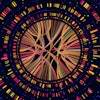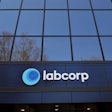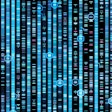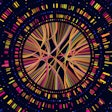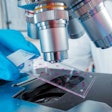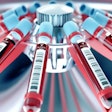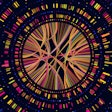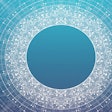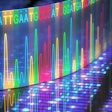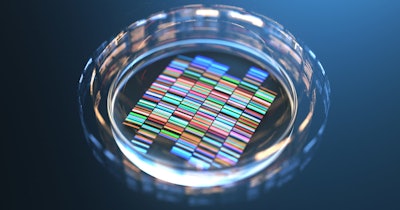
Researchers at Harvard University’s Wyss Institute for Biologically Inspired Engineering have developed a DNA-based and nanotechnology-driven technique that can observe spatial gene expression patterns (transcriptomes) in difficult-to-isolate cells, such as rare brain cells or immune cells that attack tumors.
The technique, described on Monday in Nature Methods, has been dubbed Light-Seq. It allows the researchers to “geotag” all of the RNA sequences with unique DNA barcodes that are related only to a select few cells that are being investigated. These target cells can then be illuminated under a microscope through a photo crosslinking process that is both fast and highly effective.
The barcoded RNA sequences are then translated into coherent RNA strands, which are collected from a tissue sample and identified with next-generation sequencing (NGS) technologies.
One of the key features of Light-Seq is that it can be repeated with different barcodes for different cell populations within the same sample and the sample is left intact for follow-up analysis, according to the researchers.
The end result is a technique that is comparable to single-cell sequencing methods while simultaneously broadening the depth and scope of investigations possible on a tissue sample.
This level of performance is a big step for the field of so-called “spatial transcriptomics” that only capture a fraction of a cell’s total RNA molecules and cannot deliver the depth and quality of analysis provided by single-cell sequencing methods. Furthermore, Light-Seq is able to zoom in on specific cells based on their location in a tissue, a feature that previous spatial transcriptomic techniques have not been able to achieve.
“Light-Seq’s unique combination of features fills an unmet need: the ability to perform imaging-informed, spatially prescribed, deep-sequencing analysis of hard-, if not impossible-to-isolate cell populations or rare cell types in preserved tissues, with one-to-one correspondence of their highly refined gene expression state with spatial, morphological, and potentially disease-relevant features,” said Peng Yin, a faculty member at the Wyss Institute and one of four corresponding authors of the research, in a prepared statement. “It thus has potential to fast-forward the biological discovery process in various biomedical research areas.”
This latest research builds upon previous research at the Wyss Institute in which a spatial transcriptomics method was developed for imaging gene expression directly in intact tissues (in situ). Dubbed SABER-FISH, the previous technique was orders of magnitude away from capturing cells’ complete gene expression programs, with many thousands of different RNA molecules per cell. The problem for SABER-FISH in being able to achieve this performance level is that RNA molecules are just too densely packed to be captured in their entirety using present imaging techniques.
“Light-Seq solves this problem by combining high-resolution barcode labeling with full-transcriptome sequencing via NGS, giving us the best of both worlds and additional key advantages,” said Jocelyn (Josie) Kishi, one of the authors of the most recent research, in a prepared statement.
After the first validation of Light-Seq in cultured cells, Yin’s team looked to apply it to a complex tissue. In collaboration with researchers from Blavatnik Institute at Harvard Medical School, they applied Light-Seq to cross-sections of the mouse retina and were able to profile three major layers with different functions. The researchers contend that they were able to reach a sequence coverage comparable to single-cell sequencing methods, and found that thousands of RNAs were enriched between the retina’s three major layers. They also showed that after sequence extraction, the tissue samples remained intact and could be further imaged for proteins and other biomolecules.



